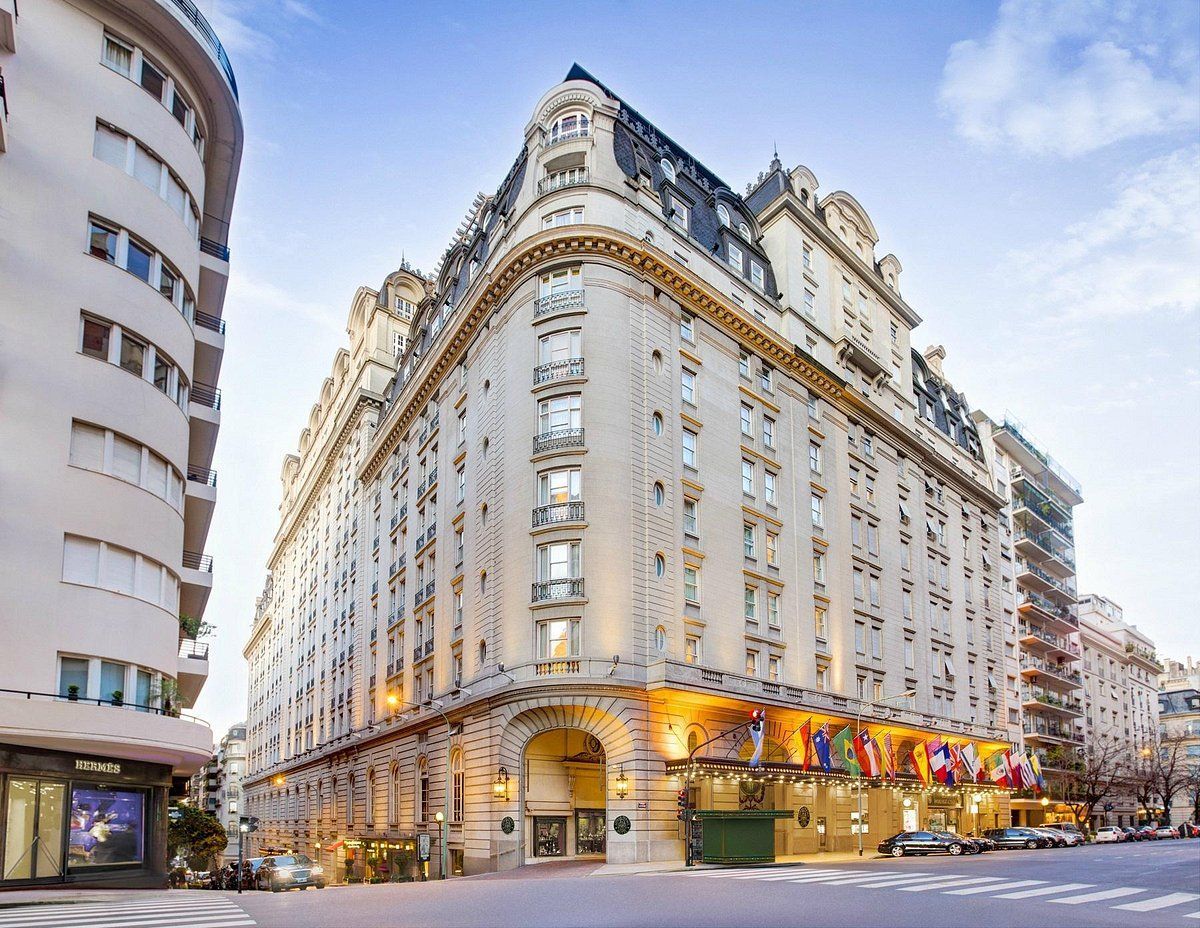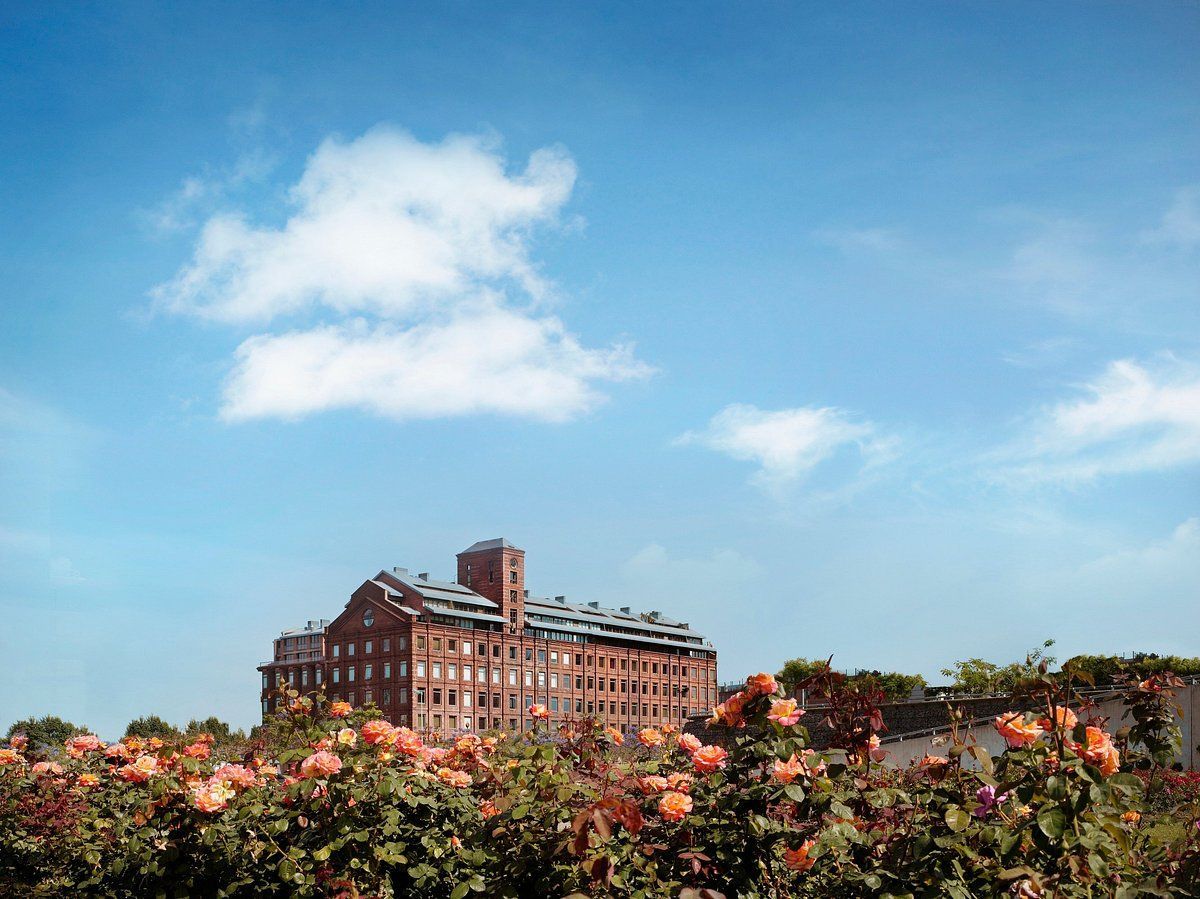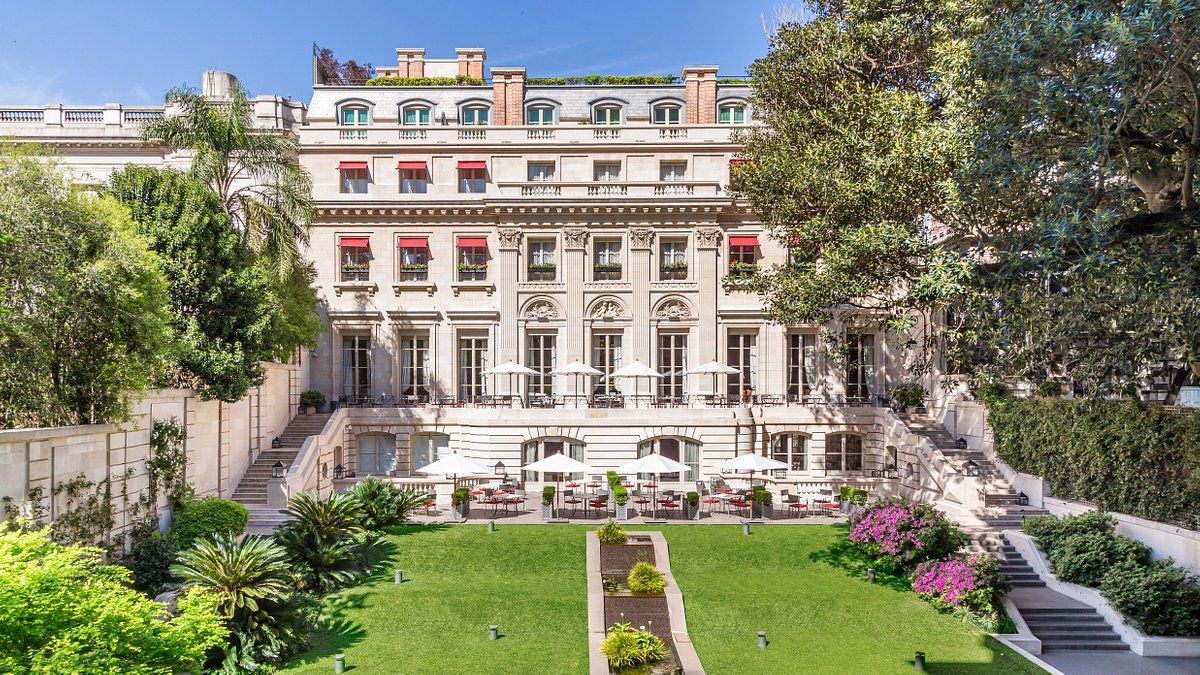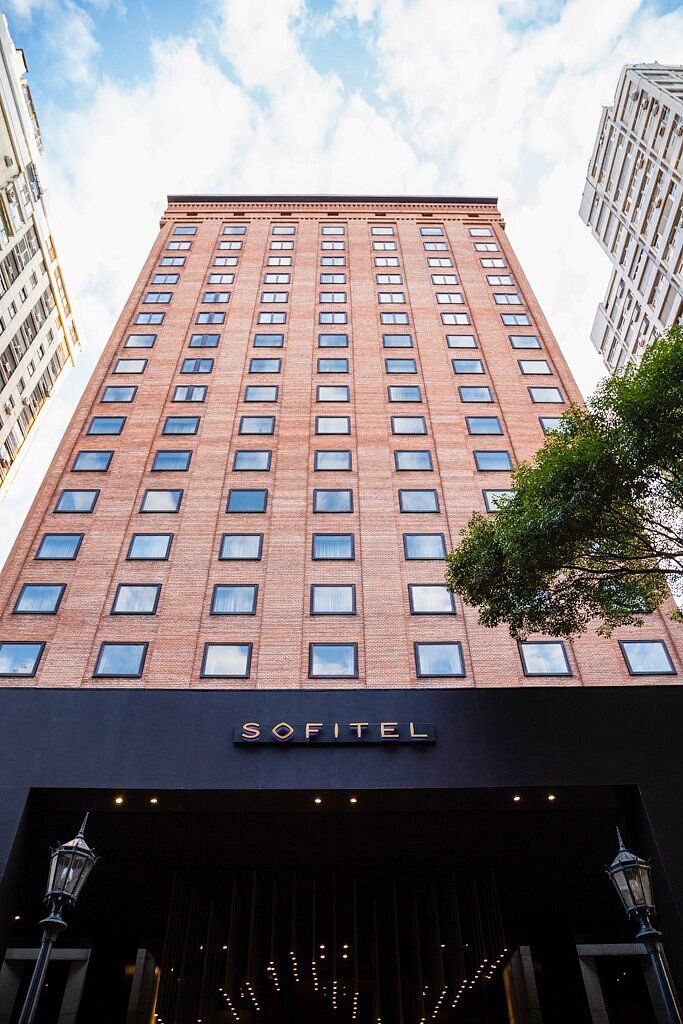Get in touch
Galapagos Islands, Ecuador
Embark on an Extraordinary Adventure to the Galápagos Islands: Witness Unique Wildlife, Untouched Landscapes, and the Mysteries of Nature’s Laboratory
Galápagos Islands: A Pristine Sanctuary of Evolutionary Wonder
Situated in the Pacific Ocean, some 1,000 km off the coast of Ecuador, the Galápagos Islands are a beacon of natural beauty and scientific discovery. This archipelago of volcanic islands offers an unparalleled opportunity to observe an array of unique wildlife up close in their natural habitat, much like Charles Darwin did in 1835, leading to groundbreaking theories of evolution. From the giant tortoises roaming Santa Cruz Island to the marine iguanas basking on the lava shores of Fernandina, the Galápagos Islands provide a living museum of evolutionary changes, where visitors can embark on a journey of discovery amidst the islands’ dramatic landscapes and rich marine environments.
Key Attractions:
Santa Cruz Island: The central hub for visitors, home to the Charles Darwin Research Station and the lush highlands where giant tortoises roam freely.
Isabela Island: The largest island, offering diverse ecosystems, from wetlands to volcanic craters, and excellent snorkeling at Los Tuneles.
Fernandina Island: Known for its high density of marine iguanas and the flightless cormorants, showcasing nature's adaptability.
San Cristobal Island: The historical site of Darwin's first landfall, with attractions like the Galápagos Interpretation Center and Punta Pitt's diverse birdlife.
Bartolomé Island: Famous for its Pinnacle Rock and panoramic views of the archipelago, with opportunities for snorkeling and spotting penguins.
Must-See Sights and Experiences:
Snorkeling and Diving: Explore the vibrant underwater world, home to sea lions, rays, turtles, and a myriad of tropical fish around islands like Kicker Rock and Devil’s Crown.
Island Hopping Tours: Discover the diversity of the Galápagos by visiting multiple islands, each with its unique landscapes and wildlife.
Kayaking: Paddle through clear waters along the coastlines, getting up close to wildlife and inaccessible areas of the islands.
Hiking: Trek across volcanic landscapes, through lush highlands, and to pristine beaches, observing the islands’ unique flora and fauna.
Wildlife Watching: Experience unparalleled wildlife viewing opportunities, including blue-footed boobies, frigatebirds, and the unique Galápagos penguins.
Latest Tailor-made Offers






Latest Hotel Offers
Top Luxury Hotels

Alvear Palace Hotel
An emblem of luxury and grandeur in the Recoleta neighborhood, offering sumptuous rooms, fine dining, and impeccable service.

Faena Hotel Buenos Aires
A blend of cutting-edge design and luxurious comfort in the Puerto Madero district, known for its opulent décor and vibrant nightlife.

Palacio Duhau - Park Hyatt Buenos Aires
Combining Belle Époque elegance with contemporary sophistication, set in a restored palace with stunning gardens.

Sofitel Buenos Aires Recoleta
Located in the heart of Recoleta, this hotel combines French art de vivre with Argentine tradition, offering elegant rooms and gourmet cuisine.
Insider Guides and Tips:
Best Time to Visit: Spring (September to November) and autumn (March to May) are ideal for visiting, with pleasant temperatures and fewer crowds.
Transportation: The city's public transport system, including the Subte (subway), buses, and taxis, is efficient and affordable. Consider purchasing a SUBE card for easier access.
Language: Spanish is the official language. While many people in the tourism industry speak English, learning basic Spanish phrases can enhance your experience.
Cultural Etiquette: Greetings are important in Argentine culture, with a kiss on the cheek common even when meeting someone for the first time.
Safety: Buenos Aires is generally safe for tourists, but as in any major city, exercise caution with personal belongings and be aware of your surroundings, especially at night.
Opening Times: Monday to Sunday 09:00 - 20:00 | Saturday 09:00 - 18:00 | Sunday 10:00 - 18:00
Kullaborne Travel Limited acts as an agent in respect of all bookings made on our website or by telephone. For all bookings, your contract will be with the applicable Supplier/Principal (e.g. tour operator/airline /accommodation /cruise provider) of your chosen travel arrangements and Kullaborne Travel Limited acts only as an agent on their behalf. All flight-inclusive holidays featured on this website are financially protected by the ATOL scheme and in accordance with the holiday provider’s ATOL licence. When you pay for your flight-inclusive holiday you will be supplied with an ATOL Certificate, and fully supported through ATOL (ATOL 12540 ). Kullaborne Travel Limited is registered with UK Companies House with registered number 15232567 and our VAT number is GB 461158206.
© 2024 Kullaborne Travel Limited



